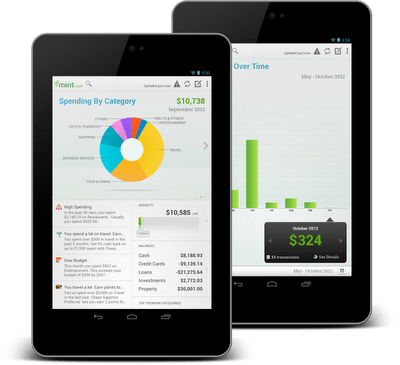Google’s Nexus 7 tablet has been quite a hit, but there can be little doubt that the average quality of Android tablet apps still ranks behind iOS. Google is clearly aware of this and today, the company is making a new push to get developers to ensure that their apps run well on tablets. To do this, Google just launched a Tablet App Quality Checklist that walks developers through the process of getting their apps tablet-ready.
In concert with this launch, Google also just announced that it plans to launch a series of tablet-focused app collections in the Google Play store ahead of the holiday season.
Until the launch of the Nexus 7, developers didn’t have any real incentives to make their apps tablet-ready. The lackluster sales of the first generation of Android tablets just didn’t make this effort worthwhile. This, of course, now creates somewhat of a vicious cycle, as the small number of tablet-ready Android apps could keep potential tablet buyers away from Android, despite the fact that the Nexus 7 is a pretty stellar piece of hardware.
The checklist, says Google, will help developers “focus on key aspects of quality, feature set, and UI that can have a significant impact on the app’s success.” Before publishing an app to Google Play, the company says, “it’s important to make sure that the app meets the basic expectations of tablet users through compelling features and an intuitive, well-designed UI.”
To change developers’ impressions of Android on the tablet, Google is highlighting a number of tablet success stories from companies like Mint.com, TinyCo and Instapaper. Instapaper, for example, which worked with mobile development shop Mobelux to launch its tablet app, says that it saw a 600 percent jump in downloads of its app the day pre-orders of the Nexus 7 began arriving. TinyCo, which brought its casual game Tiny Village to Android tablets, says that it saw a 35 percent increase in average revenue per paying users on tablets compared to users on Android phones.
